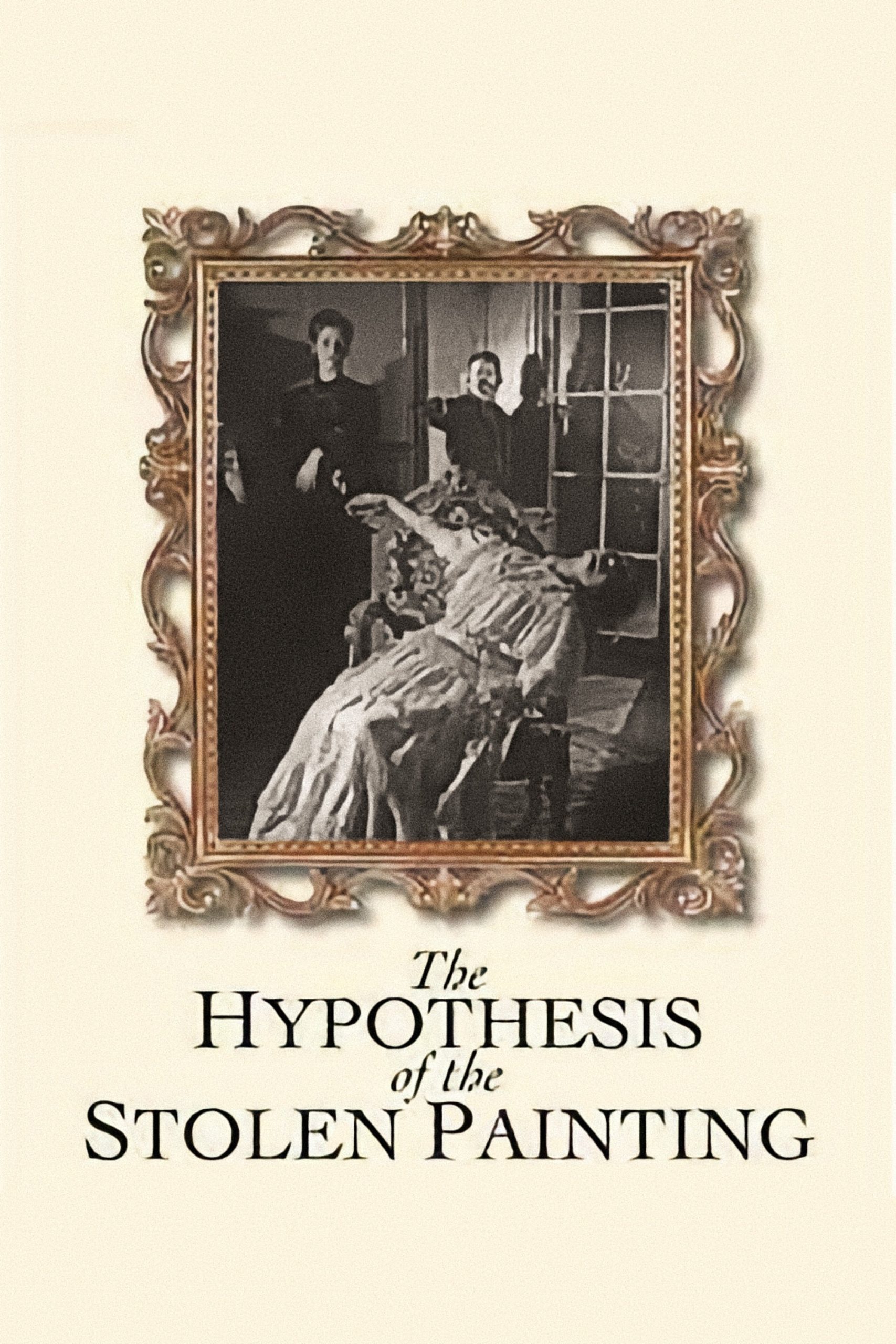
Two narrators, one seen and one unseen, discuss possible connections between a series of paintings. The on-screen narrator walks through three-dimensional reproductions of each painting, featuring real people, sometimes moving, in an effort to explain the series' significance.
27 Nov Hypothesis of the Stolen Painting (1978)
Thieves
There’s a blanket term in film criticism, reflexivity. Its an odd word. It denotes something where outside and inside are merged or mixed, where viewer and viewed overlap. And yet the word itself is not reflexive, it stands aloof. While the root comes from reflection, and the direct form would be reflective, the whole thing smacks an invented concept that sterilises the user from the phenomenon it denotes.
Its a word that drives me a bit crazy, in part because it is applied to several different types of things that have little to do with one another. The concept as used by the most prominent writers just appears as if it were built into the universe as some by-product of intelligent design, a sort of natural effect like dreaming that writers can reference.
I’ve tried to repair that by redefining a larger class of effects as “folding,” teasing out the various types, and attempting to explain why they were invented and to serve what narrative utility. Without this, you get philosophical notions that are refined away from life; and then artists that quote those refined sugars in art as if they really indicated life.
Like we have here.
I’ve decided to get into Ruiz in a serious way. I saw his corner of Swann’s Way and was impressed. Readers have indicated that he shares space with Greenaway, who I admire. So I went with this because it is supposed to be his most abstract and “pure.” It is photographed by perhaps the best folded cinematographer who has ever lived.
I admit, it is clever, in a “Saragossa Manuscript“ sort of way. We have several levels: us; our disembodied narrator; our on-screen narrator; a collection of actors that in a simple movie would be giving us a story and here do tableaus instead; our painter that is a narrator in seven paintings; and under that a score of narrators-in-life: families, religions and societies in knots.
The idea, the folding, is that these layers merge and shift one into another.
With a little work, you can get the point, and it is a worthwhile one.
But you can do this, all of it, with even more bizarrenesses without draining the blood and breath out of the thing. It is possible to fold all that into life and present us edges of that life, stuff that sweeps us in and gives us the stuff of structured dreams. This is an essay with some artistic vocabulary; it isn’t art.
Damn the French for messing us up so. I’m sure Ruiz found his way to judge from what I saw of his Proust. But this. Its worth watching as an exercise, but if you are looking for bits of cinematic bone and flesh from which to construct your being, look elsewhere. This is a cadaver.
Posted in 2006
Ted’s Evaluation — 3 of 3: Worth watching.


No Comments